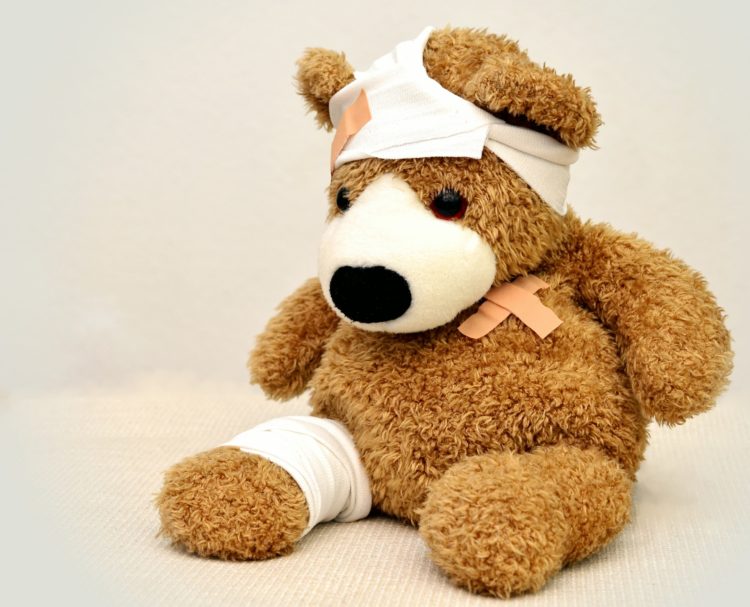When to best use heat or cold therapy?
To make any treatment more beneficial, it always helps to use some therapy at home. This can be anything such as using a cool pack, or a heat pack, but sometimes it can be confusing to decide which is best. Although heat can have very positive effects, ultimately cool is often safer if accidentally used incorrectly.
Indications for Heat:
- Chronic muscle pain resulting from shortened/tight muscle
- Muscle spasm or non-inflammatory muscle pain
- Sore muscles or tendons AFTER the acute stage (1-2 weeks) to promote injury/wound healing
- Shortly after a treatment where trigger points are released
- Chronic: Bursitis, and tendonitis
- Scars
- Limited joint mobility, or joint pain (non-inflammatory)
- Anxiety
The general rule of heat is to use it for chronic issues (longer than 1-2 weeks) when it is not inflamed. Using heat dilates your blood vessels, which means your blood starts to flow to your more superficial tissues and the areas where you apply the heat. This is very beneficial because it gives fresh nutrients and more blood flow to that area. That being said, too much heat can trigger a response in your body where your chemical reactions in your body happen faster and you can overheat or even damage your tissues.
Indications for Cold:
- Acute injuries (within 1-2 weeks)
- Inflammation
- Edema
- Acute: tendonitis, bursitis
- Fractures
- Post surgical conditions
- Headaches, migraines
- Depression
- Arthritis (During flare ups)
The general rule of cold is for acute injuries or after treatments or therapies that can trigger inflammatory responses. When using cold as a therapy, the blood vessels constrict, therefore the blood flows away from the superficial tissues to the deeper tissues and keeps the blood from pooling in the injured area.
When using cold therapy we typically recommend that you ice for 20 min and then take the cold off for 40 min and then it is safe to reapply cold again for another 20 min cycle again followed by another 40 min off. Leaving the cold on for longer than 20 min can actually cause the reverse effects desired by using cold therapy.
At times chiropractic adjustments and massages can trigger inflammatory responses as we are trying to retrain the tissue to its proper positions. Because of this cool is often recommended if you are still in discomfort at home.
A rule of thumb for treating immediate injuries is RICE: Rest, Ice, Compress, Elevate. So you want to rest the area you have injured, put ice on the area, compress the ice on the area, and keep the injury elevated to avoid blood pooling.
A useful way to tell if an area of your body is inflamed is this checklist of symptoms often associated with inflammation: Swelling, heat, altered function, redness, and pain.
If you have any questions regarding heat or cold at home or are confused about specific times and temperatures don’t hesitate to contact us at Fish Creek Chiropractic, your Calgary Chiropractor, 403 271 7224.
Serving South East Calgary for all it’s Chiropractic and massage needs.



0 Comments